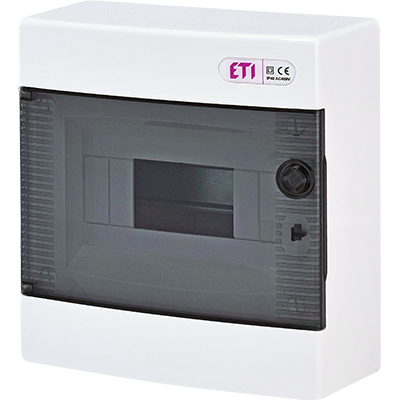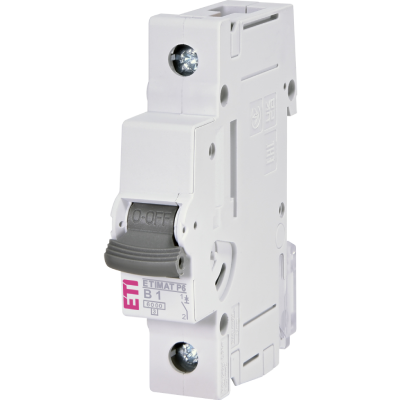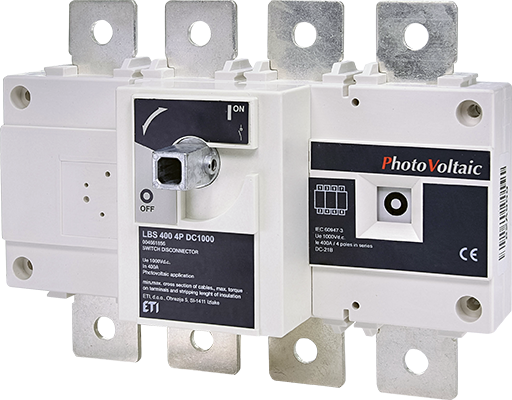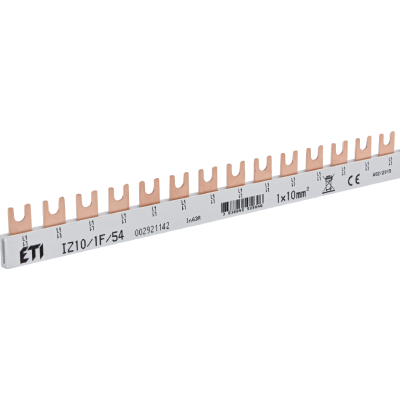
RCCB Overheating: Causes, Consequences, and Prevention Strategies
RCCB Overheating: Causes, Consequences, and Prevention Strategies
Residual Current Circuit Breakers (RCCBs) are essential safety devices designed to protect against electrical shock and fire hazards by detecting earth leakage currents. However, these critical safety components are themselves vulnerable to overheating, which can lead to catastrophic failure, fires, and loss of electrical protection. This whitepaper provides a comprehensive analysis of RCCB overheating phenomena, examining the fundamental causes, serious consequences, and effective prevention strategies based on current industry standards and research findings.



































